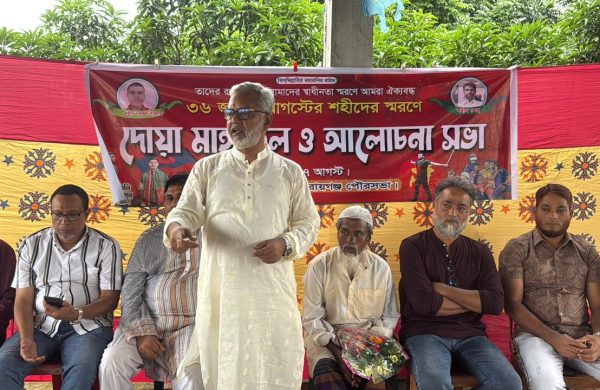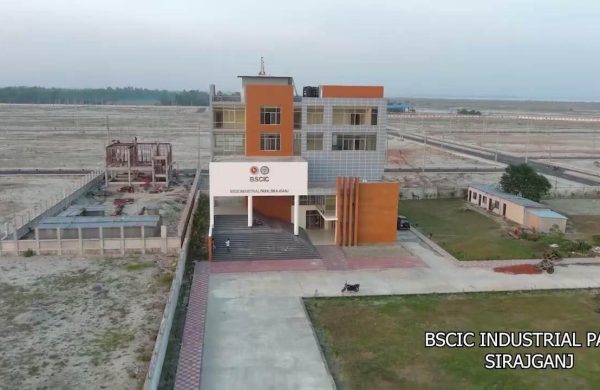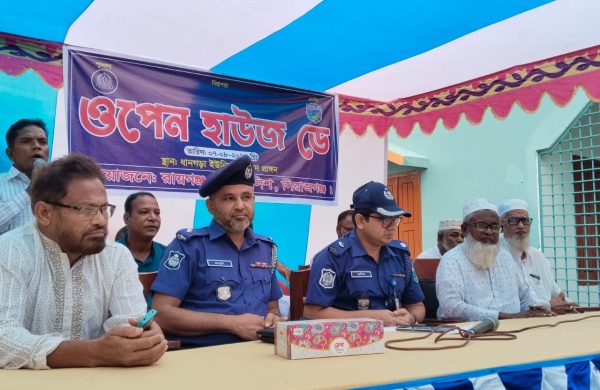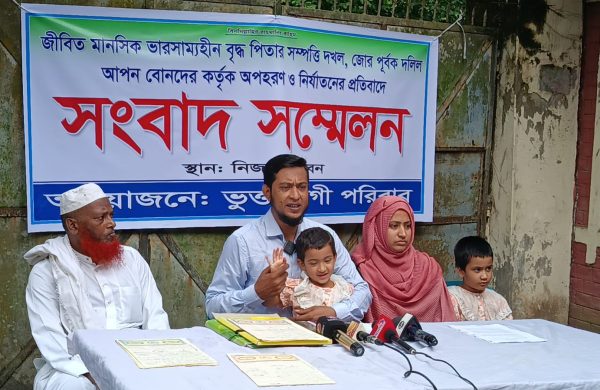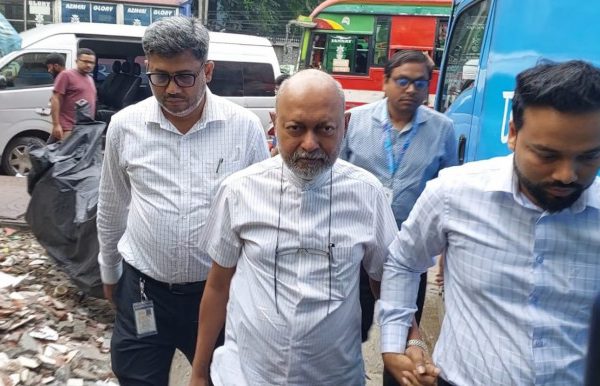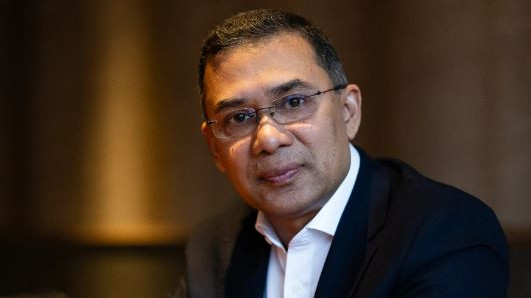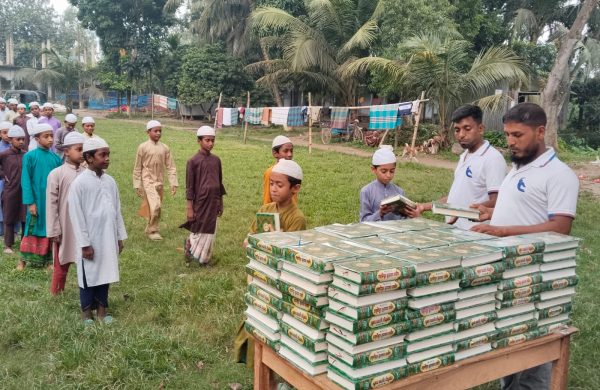Khulna, Barishal on top list of women abusing
- Update Time : Monday, June 23, 2025
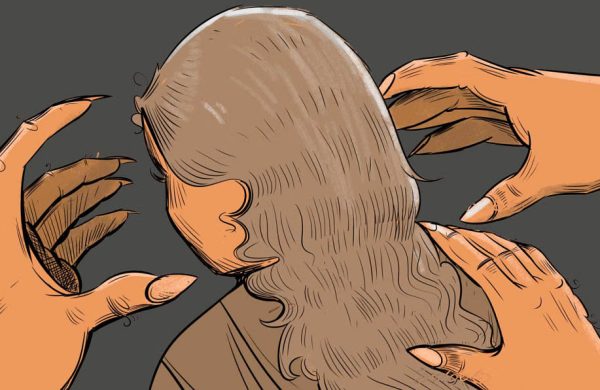
TDS Desk:
The rate of women being subjected to violence by their partners or husbands is significantly higher in disaster-prone areas of Bangladesh, with Barishal and Khulna topping the list.
Sylhet records the lowest number of such incidents.
However, even in areas with comparatively fewer reported cases, the level of violence remains alarmingly high.
These findings come from the Bangladesh Bureau of Statistics (BBS) and United Nations Population Fund (UNFPA) Bangladesh’s Violence Against Women Survey Report 2024.
BBS published a summary of the report in March this year.
It reveals that 82 per cent of women in Barishal have experienced physical, sexual, mental, or economic violence by their husbands or partners at least once in their lives.
In Khulna, the figure stands at 81 per cent. Sylhet has the lowest rate, at about 73 per cent—also the rate for Dhaka. In Chattogram, about 76 per cent of women have experienced such violence, followed by 75 per cent in Mymensingh, 75 per cent in Rajshahi, and 74 per cent in Rangpur.
Looking at violence over the previous 12 months, Barishal again tops the list with a rate of 57 per cent. Rajshahi has the lowest recent violence rate at 41 per cent.
During the same period, the rates were 53 per cent in Chattogram, 53 in Rangpur, 52 in Khulna, 50 in Sylhet, 48 in Mymensingh, and 45 per cent in Dhaka.
The report also notes that women in disaster-prone areas are more vulnerable. Around 81 per cent of women in such areas have faced violence at least once, compared to 74 per cent in non-disaster-prone areas. In the 12 months prior to the survey, 53 per cent of women in disaster-affected areas experienced violence, compared to 47 per cent elsewhere.
Natural disasters such as cyclones, tidal surges, river erosion, and drought are common in Bangladesh and are intensifying due to climate change, say disaster experts.
Disaster expert Gawher Nayeem Wahra told Prothom Alo that in disaster-prone areas, men often migrate in search of work, leaving women with increased household responsibilities and caregiving roles.
Despite taking on leadership within the family, women are denied decision-making power, he said adding complaints from in-laws, children, and neighbours further isolate them, and when men return home, they often believe their wives have failed in their roles.
“Mental abuse is more widespread than physical abuse in such contexts,” Gawher Nayeem Wahra observed.
According to the report, based on UN measurement criteria, 70 per cent of Bangladeshi women have experienced violence by their partners or husbands at least once in their lifetime, and 41 per cent in the past 12 months.
When additional forms of violence relevant to the Bangladeshi context are included, the figures rise to 76 per cent and 49 per cent, respectively.
Notably, girls aged 15 to 19 are the most affected, with 62 per cent reporting abuse in the last 12 months. The survey interviewed 27,476 women aged 15 and above from urban, rural, disaster-prone, and slum areas.
LEGAL ACTION RATE BY DIVISION
Despite Barishal having the highest incidence of violence, only 6 per cent of victims there take legal action—similar to Chattogram and Rajshahi, which also report 6 per cent. Mymensingh has the lowest legal response rate at just 5 per cent.
In contrast, Sylhet and Dhaka, which have the lowest incidence rates, show slightly higher legal action rates—13 and 9 per cent, respectively. Rangpur and Khulna both have a 7 per cent rate of legal recourse.
In terms of awareness, 66 per cent of women in Khulna and 65 per cent in Sylhet know where to report violence. Awareness is lowest in Dhaka, at just 34 per cent. Awareness levels in Rajshahi, Barishal, Chattogram, Mymensingh, and Rangpur are 57, 51, 50, 45, and 44 per cent, respectively.
HIGHER EDUCATION DOESN’T PROTECT AGAINST RECENT VIOLENCE
The report reveals a striking fact: while education reduces the likelihood of experiencing violence at least once in a lifetime, it offers no protection against recent abuse. For women with a degree or higher, 61 per cent have faced abuse in their lifetime and 42 per cent in the past 12 months. Among women with no education, 80 per cent have faced abuse in their lifetime—and also 42 per cent in the past year.
Iftekhairul Karim, project director of BBS’s “Integrating Geospatial Information with Gender and Vital Statistics Project,” that this was the third national survey of its kind, following earlier ones in 2011 and 2015.
“The aim is to understand the type and extent of violence against women so the government can devise targeted plans. The media can raise awareness, and law enforcement and other professionals can better understand their roles,” he said.
Disaster expert Gawher Nayeem Wahra also stressed that true empowerment of women can significantly reduce violence. “Traditionally, women had income from agriculture and livestock rearing. Those income streams are shrinking. Empowerment must include both economic opportunities and inclusion in decision-making processes.”


